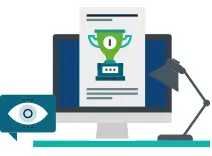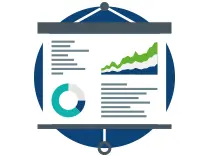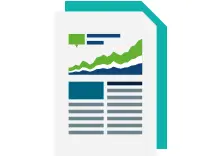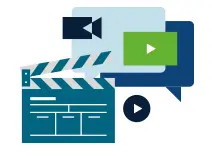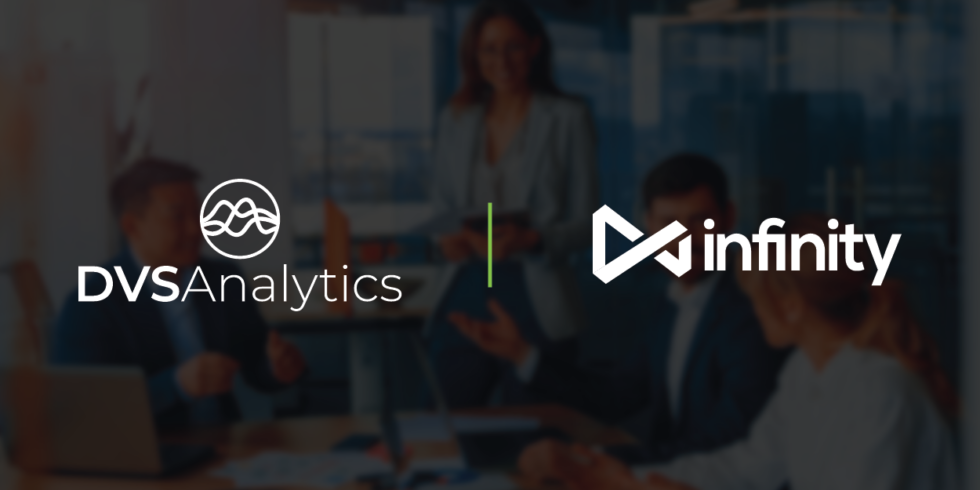
Most healthcare providers have multiple sites and multiple touch points in each site. Until recently, patients calling in to make appointments, ask medical queries, or manage claims would be routed to a department in the hospital or clinic. This often meant a member of the clerical or nursing staff would be dealing with patients on the phone at the same time as handling patients face-to-face.
To deliver a more consistent and accessible service for patients, and to streamline the work of on-site staff, around two-thirds now route calls to a dedicated call center, with the fallback option of forwarding calls to hospital staff on the ground if needed. It is estimated that call centers now handle 68% of all patient interactions.
While this is a step forward, most healthcare call centers still operate separate teams in siloes, so a patient has to speak to different people to get things done. This can lead to long wait times, being put on hold, and getting transferred – all things that patients hate.
With today’s shift away from volume-based care towards more personalized, patient-centric care, healthcare call centers need to take a lead from their commercial counterparts by focusing less on transactional and operational KPIs like wait times and AHT, and more on measures of customer value and customer experience.
It’s all about customer expectations
When they deal with other businesses, customers are used to being able to talk to an agent who has all their personal and historical information at hand in the CRM system. They expect agents to not only have that knowledge to hand, but also to use it to proactively suggest solutions and other courses of action. For the business, the goal is to forge an ever-closer and more valuable relationship with the customer.
At the same time, customers have gone digital and mobile, and they expect to be able to use those channels seamlessly to contact businesses and access services. So, as well as the phone, if healthcare providers are to provide patients with the most efficient service possible, they need to be contactable by email, social media, instant messaging, chat, and other digital channels.
Many commercial contact centers have already been through this process with the introduction and expansion of multi-channel and now omnichannel digital customer experience technology.
As a supplier of workflow software for call handling to 9-1-1 centers, healthcare and hospital call centers, and commercial contact centers, we have seen with our own eyes where each could help the other.
Consistency across sites and channels
In our talks with healthcare providers, we’ve found that what they want most is to deliver agent consistency and accuracy across all their sites, departments, and channels.
They want standardized working processes for agents to follow so they can control, measure and improve the patient experience and provide a consistent service. The level of skill or experience of a call-taker, or their ability to use a piece of technology, should never be the difference between delivering great service. While in commercial centers this could be the difference between a sale or not, in healthcare centers the consequences of poor service or bad advice can be much more severe.
As the systems and technologies used by healthcare providers get more complex, staff must be given tools which simplify the job. Desktop workflows formed of multiple screens consisting of single question / answer / information prompts help agents ask the right questions and follow processes correctly. Whether for medical triage, appointment setting, or claims management, all processes can be broken down into simple steps and built into a workflow that offers a positive user experience for the agent, enabling them to quickly and methodically answer queries.
The workflow can provide intelligent guidance during the call by prompting the agent to ask questions and allow them to take actions based on the responses – including assigning priority levels, asking follow-up questions, or dispatching appropriate services.
Having got used to this way of working with commercial contact centers, it was a surprise when we saw one of the largest and busiest healthcare centers in the U.S. still using paper-based scripts to triage incoming calls.
A screen-based system that can automatically move on to the next step depending on what the call-taker inputs saves an enormous amount of time in each call, and improves accuracy, consistency and speed of response. It’s also much easier to update the system and manage version control.
Measure to improve
In commercial contact centers, KPIs will be defined and measured to assess the company’s progress towards its commercial goals. In our experience the use of similar KPIs – analogues of customer satisfaction, NPS (Net Promoter Score), and customer effort – in healthcare organizations is less prevalent.
While there is still too much of a focus on simple, operational KPIs the call center’s analytics suite should be able to provide fast and accurate analysis of data collected during the call process. Indicators such as user performance, Average Call Handling Time, calls by facility, calls by type should be available and presented via configurable graphical interfaces. In the healthcare call center, meeting patient’s healthcare needs is the primary concern.
Up until now, the world’s most agile and powerful call center technology has been used to help people pay bills, get quotes, and shop but it has not routinely been used to power healthcare organization contact centers. When deploying these tool-sets in the world’s largest contact centers we often see productivity gains of up to 20% – imagine how that could transform healthcare call centers and patient outcomes?
For more information, please download our in-depth whitepaper.



